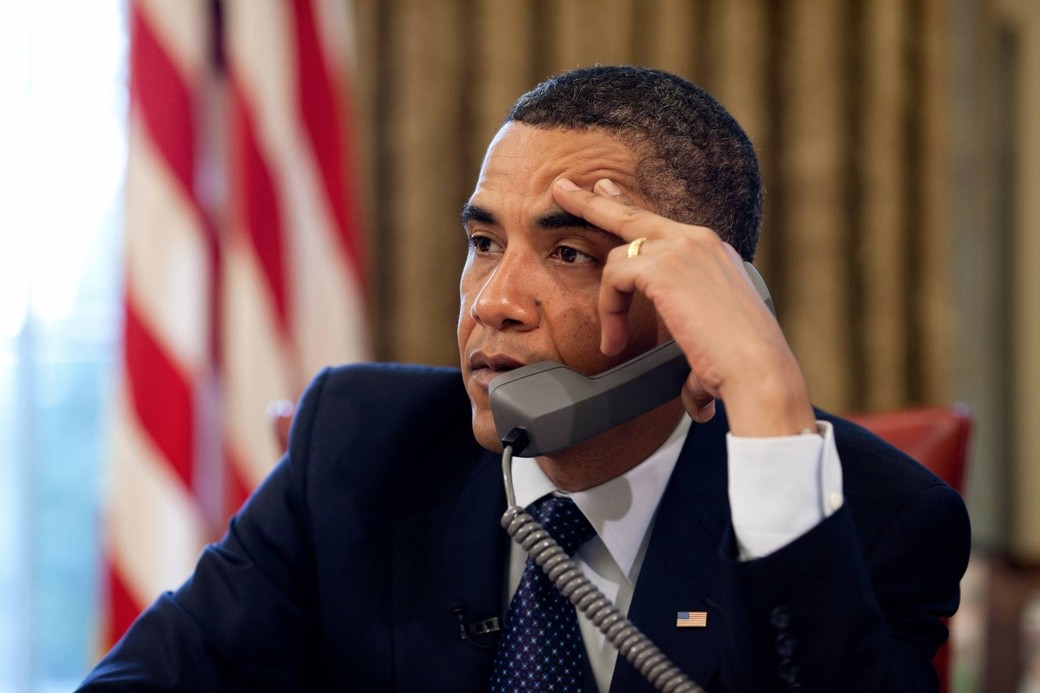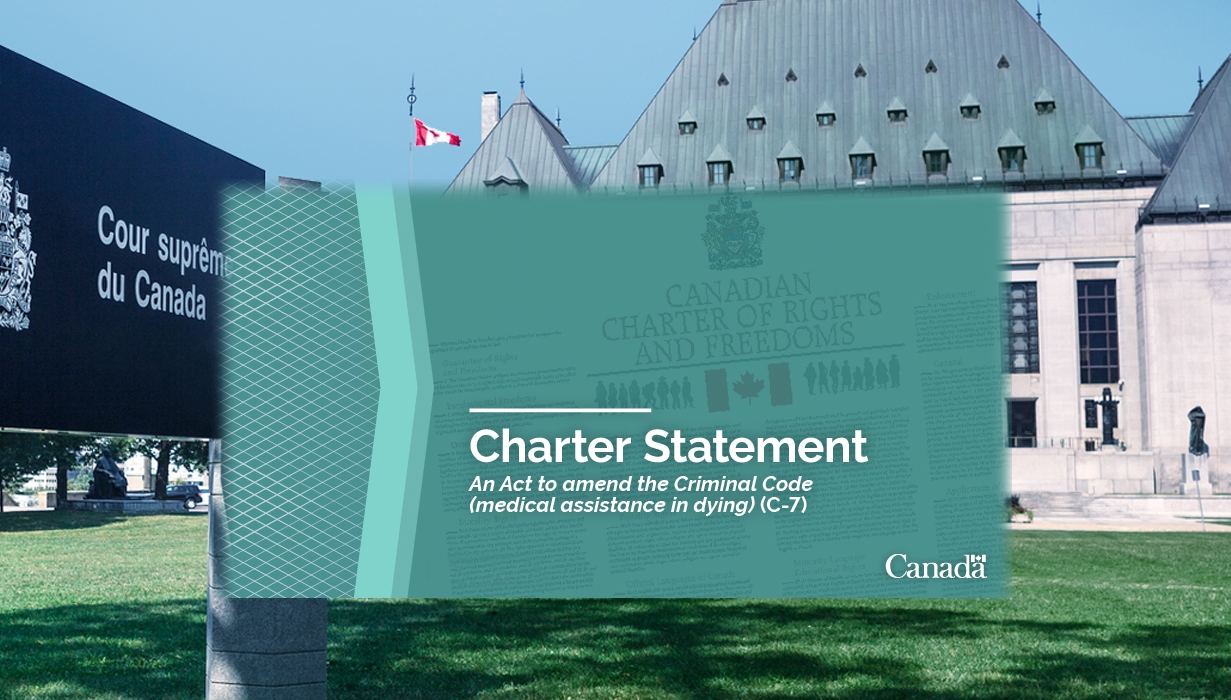
A middle Ground on Affirmative Action
Affirmative action programs are a somewhat varied group of social policy initiatives that aim to correct the underrepresentation in parts of the workforce of groups that have historically been discriminated against in hiring. In principle, they are simply a range of policy devices to promote the hiring of underrepresented groups, but some of those devices have been cruder than others. Regrettably, affirmative action has become one of the most polarizing social policy and political issues of our time, and that polarization has occurred because both sides of the debate have been hijacked by those with the most extreme stances.
The most virulent opponents of affirmative action hold to the view that any affirmative action measure does violence to the merit principle, and that, unavoidably, such initiatives will cause the average standard of competence in the workplace to decline, and productivity and innovation along with it. They argue as well that fairness demands that all hiring or promotion needs to be based upon merit, to the exclusion of all other considerations. Their arguments have two grave difficulties. First, as I will explain below, some affirmative action systems are entirely compatible with the merit principle, And, secondly, it is a mistake to assume that all systems in widespread use to determine merit are especially good at unambiguously and precisely determining merit, and that, as well, this determination is free from bias against the historically underrepresented groups. The evidence for this being the case is unconvincing at best.
On the other hand, the most strident advocates of affirmative action programs have often sought commitments from employers to reserve fixed numbers of positions for particular groups, sorting all of humankind into a number of arbitrary bins which would each have their allotted quota of positions. Regrettably, this practice can create a number of difficulties for those in the designated groups who are hired. I have heard from many in that situation that it bothers them that they do not know if they got hired because they were very good, or just because the allocation they fitted into needed to be filled. This tends to erode the individual’s confidence. It can also be a bit of a barrier in building up good working relationships with colleagues who are not in a designated group. And it can provoke endless debate about bin sizes, and who fits into what bin, since humans are complicated. Furthermore, fixed quotas have a shady past. They have always been indicative of a divided society, and have a long history of use to keep certain groups in their place.
It would probably shock both camps to learn that there is at least one design of an affirmative action program that is fully compatible with the merit principle, and has been working successfully in parts of the university sector for three decades. Furthermore, it has achieved great improvement in building up the complement of the previously underrepresented groups. Why it is not better known is a mystery to me. The method is used by many universities for faculty hiring, and it carefully avoids creating exclusive bins of positions for persons in the designated groups, because, as one employment equity expert involved in the original design explained to me, “You can’t fix racism with more racism, and you can’t fix sexism with more sexism.”
It is unsurprising that the university sector started to address the issues of underrepresentation and other aspects of employment equity before many other industries. First, universities needed to comply quickly about thirty years ago with the requirements of the federal contractors’ program, in order to continue to be eligible for research grants and contracts from the federal government, which is the major source of research funding for the universities in Canada. So, they quickly got used to thinking about the four designated groups highlighted by that program, being women, visible minorities, indigenous persons, and person with disabilities which did not prevent them from carrying out the job.
Secondly, until about 30 years ago, university faculty hiring was not especially diverse, for reasons that relate somewhat to the nature of those institutions. Universities were then (and still are, to some extent) places of perpetual debate. Thus, the discussions of faculty hiring committees would be so elaborate and detailed that, rather than sorting the applicants for an academic position into perhaps four or five bins, the committees could somehow imagine hundreds of bins, with tiny differences separating them, such that, in the end, the members of any hiring committee could find perfectly valid reasons to make selections by “merit” that fully reflected their unconscious biases, often resulting in such committees more or less trying to clone themselves when selecting additional faculty members. A new system had to be invented. And it was.
Let me give you a step-by-step tour of how that newer system works:
Step 1: There must be agreement upon which groups will be “designated”. It is critical that the fact of underrepresentation for any group must be well established. Any claim of underrepresentation of a given group needs to be supported by actual data.
Those data are usually comparisons with general population data, though sometimes other subsets are used. In the case of university faculty hiring, data on recent PhD recipients can be germane, but not necessarily in all disciplines. I have known many exceptional university faculty in some fields who did not have the PhD, but did have other relevant qualifications. This is especially true in the professional faculties.
But, for the sake of credibility of the process, no group should be designated in the absence of supporting data on underrepresentation. That being said, universities ought to share whatever data they have with faculty associations, and should be open to adding designated groups where there is supporting evidence. However, creating a designated group without adequately demonstrating that there is pronounced underrepresentation would risk bringing the whole process into disrepute, because it would be seen (correctly) as a triumph of ideology over fact.
Step 2: The institution needs to do two things to “cast the net more widely”, in order to maximize applications by candidates from designated groups. First, some targeted advertising in publications known to reach such groups can help, and the call for applicants must make it clear that the employer welcomes applications from members of the designated groups. Secondly, in determining who to interview, as one cannot interview everyone who applies, it can be useful, when considering applicants from the designated groups, to place in the pool to be interviewed any person, who, if they gave a superb interview, ought to have been in that subset. It is a form of giving the benefit of the doubt.
Step 3: In the final sorting, there must not be too many bins. Indeed, as few as four bins can work. The four descriptors for the minimum four bins might be as follows:
(i) the lowest bin is “persons who do not meet the job requirements”,
(ii) above that is a bin labelled “persons who meet the job requirements”,
(iii) above that is a bin labelled “persons who are very good, and clearly exceed the job requirements”, and
(iv) the highest bin is “a single individual who is head and shoulders above any other applicant”.
Some systems have a fifth bin, with a bin inserted between (iii) and (iv), and which might be described as “outstanding candidates”.
In most competitions, there will be no-one in the highest bin (the “head and shoulders above” bin), but, in the fortunate case where there is, that is the person who should be hired, whether they are in a designated group or not.
However, in most competitions, the highest quality bin that is likely to be occupied is the one just below the “head and shoulders above” bin. Choosing amongst the candidates in this highest quality bin is when the question of designated groups comes into play, as membership in a designated group is used as a tie-breaker. (If there are multiple applicants in this high-rated bin who happen to belong to designated groups, you can be sure that the old-style long debate over tiny differences will resume, but in this case, the process will still result in someone from a designated group getting the position).
Two tangible positive effects result from such a hiring process.
(a) The winner of any competition is always someone who was in the highest rated group, so the merit principle is fully honoured. This reassures the winners that they got the offer on merit, and reassures their new colleagues as well, which doubtless makes for easier acceptance of and greater collegiality with the newcomers.
(b) The underrepresented groups become better represented quite rapidly.
This system works well for hiring into university faculty positions, because the advertised job requirements always include extensive educational credentials which are easy to verify, a record of scholarship, which is also in the public domain, and demonstrated teaching ability, which nowadays is often expected to be demonstrated as part of the interviewing process.
But such a system might be harder to use in other enterprises for recruiting into jobs where the requirements are less explicit and more subjective. The squishier the specified requirements become, the more significant the intangible considerations become, and the more space opens up for selection biases, both conscious and unconscious, to come into play. That being said, endeavouring to use designated group status as a tiebreaker still has merit even for those hiring competitions where the qualifications are less easily verified and rated, not only because it can, over time, correct the underrepresentation of such groups, but also because it speaks publicly to the employer’s intent, which is to honour the merit principle as well as addressing underrepresentation, and therefore tells something about the employer’s values.
Of course, recent labour shortages in some fields, whether due to Covid, to demographic shifts and retirements, or to other unseen factors, may make any such process moot, as there are some occupations where the total number of qualified applicants is less than the total number of vacant positions.
Furthermore, there are some settings in which the process that I described would never work. Currently, in the United States there is a legal battle raging about the practice of affirmative action in the selection of those admitted to undergraduate programs at top colleges, based on quotas. The system that I described above, which is a system for selecting highly qualified individuals for specialized employment, would never work for undergraduate student admissions, for two good reasons. First, no university has either the appetite or the resources to put that much energy into the selection process for university undergraduate admissions. And, secondly, a lot of the documentation on student achievements and ability that is submitted by US applicants seeking to be admitted to undergrad programs at better universities is unverifiable, difficult to compare with other data, and often exaggerated. And that’s being polite about it.
Fortunately, we largely sidestep that problem in Canada, because university undergraduate admission is not especially restrictive (except in some professional programs), attendance is much less expensive than in the private US universities, Canadian universities are subsidized by the provinces, and the perceived range of institutional quality is much narrower, so choice of institution is less critical. Hence the lack of fervor in Canada to get into “exactly the right school”.
But the system that I described was intended for the selection of high-skills employees, and, for that purpose, does not add measurable extra effort to that process. To me, it is far more acceptable than sorting employee positions into hard quotas for various groups. Fixed quotas have a bad history, and memory is long.
I’m old, and I remember that, until the late 1960’s, Canadian immigration regulations had quotas for each nation that determined how many from each country would be allowed to emigrate to Canada. Looking at the distribution of those quotas, it was obvious that their intent was racist and ethnocentric to the core. I remember speaking out against them on radio programs and in articles in the mid-1960’s, until those quotas were abandoned in 1967, and replaced with a points system which, with modifications, has served us reasonably well ever since. (Indeed, the points system, which is a type of merit system, has been the principal engine that, over more than five decades, has made Canadian society as diverse as it is.)
I also remember that, during my youth, there were quotas with respect to religion, not only in private settings like clubs, but also in university admissions, especially with respect to admissions into some professional programs. In some of our universities, these restrictive quotas persisted into the 1960’s, when I was a university student.
It was a time of overt and covert discrimination on so many grounds, including religion, gender, race or ethnicity, and social class. Often, when the quotas weren’t explicit, they were tacitly “understood” by those carrying out the selection process. The quotas carried echoes of the most illiberal regimes on earth, and the irony that struck the students of my generation was that our parents had, only 15 to 20 years before that, paid a terrible price to crush such regimes, only to hear the diluted ghosts of those regimes speak through our own institutional bureaucracies in the postwar years.
I would never wish to return to our society of 1960; I remember how the groups existed, competed, and evolved, each in the solitude of their own separate bin, regardless of what the bin was called. Today we are enlightened enough to see that those divisions were anathema to social cohesiveness, and empathy, and, of necessity, those divisions started to break down as the 1960’s wore on, because, if they had not broken down, it would not have been possible to have relative peace and civil discourse in the civic space.
So, naturally I have an antipathy towards fixed quota systems. When I was younger, acquaintances, friends and relatives suffered from them (though I was always lucky).
I fully understand that advocates for fixed quotas today will point out that it is all for a good purpose, that good purpose being a particular version of social justice. But the worst travesties of the twentieth century started with racial and ethnic quotas that were being justified as protecting certain “values”, and led to a slippery slope of broken societies and a great evil. Eventually, the evil was staunched, and the heartfelt resolve of my parents’ generation was, “Never again!”
Clearly, the present invoking of these techniques stems from much less dark initial motives, but, on the question of fixed quotas, especially racial or ethnic quotas, however well intentioned they might be, my visceral reaction is, “Let’s not start down that long slippery slope. It led to big trouble the last time.”
The better model that I discussed above achieves rapid progress towards appropriate representation of previously underrepresented groups without using fixed quotas. It is a logical middle ground.
Photo: iStock











